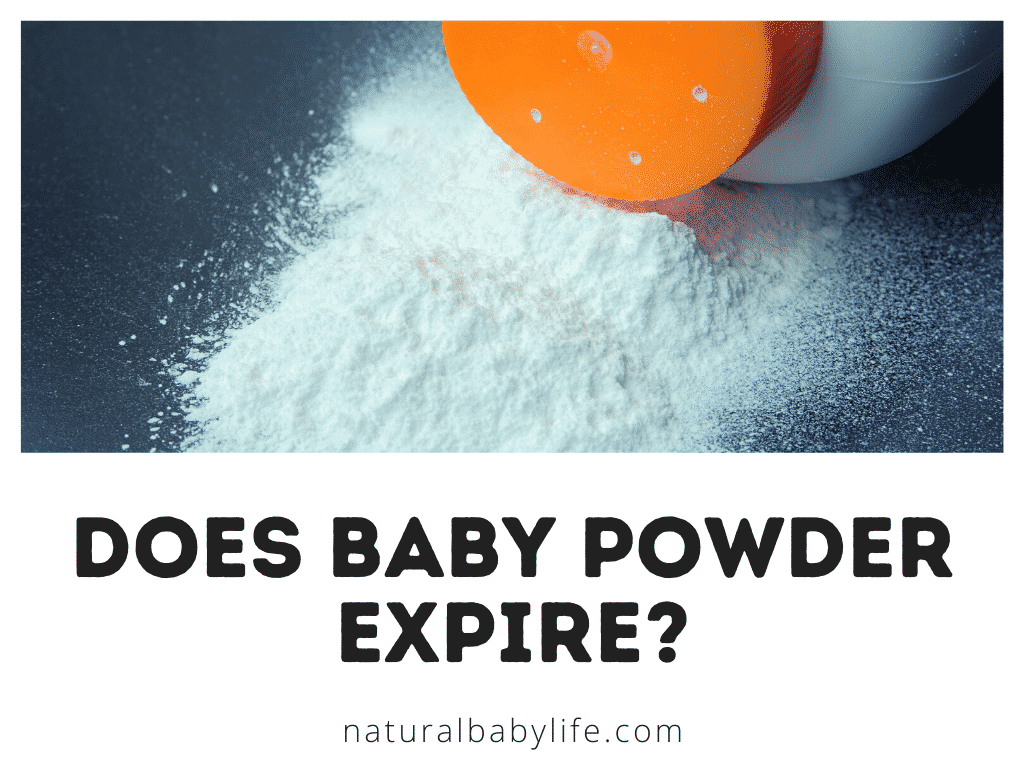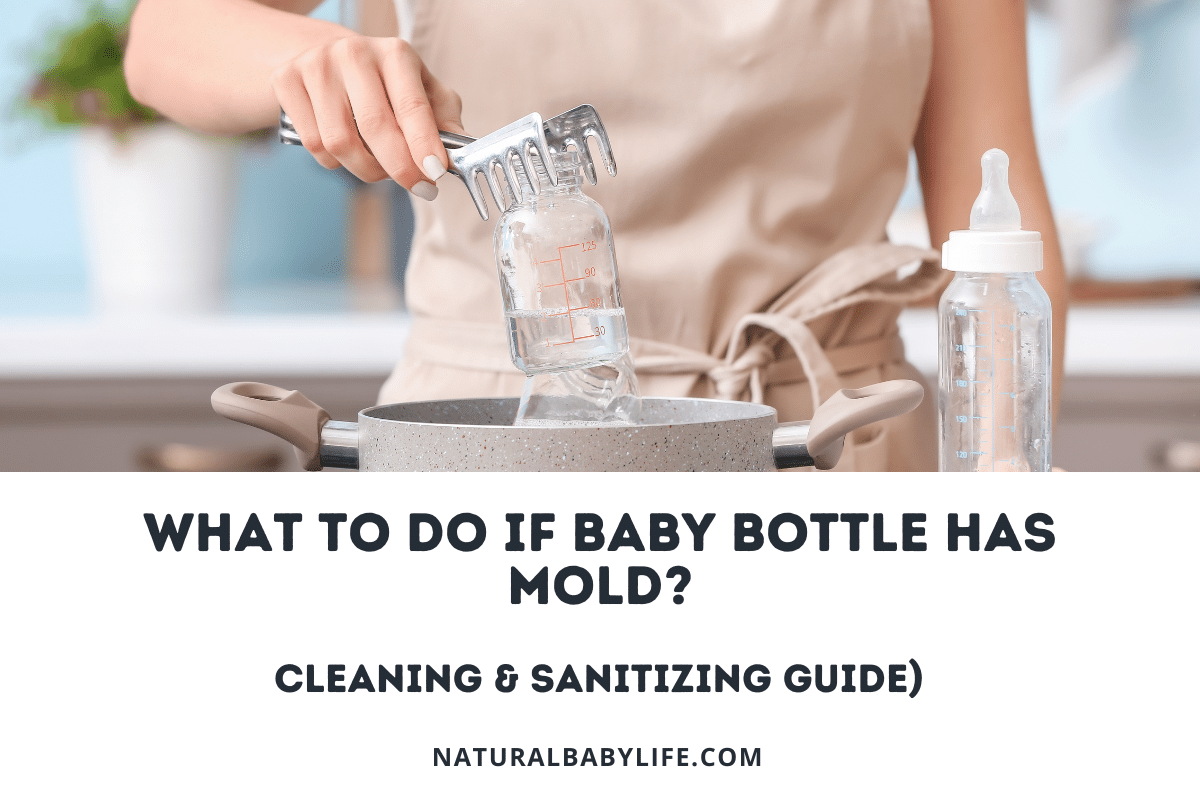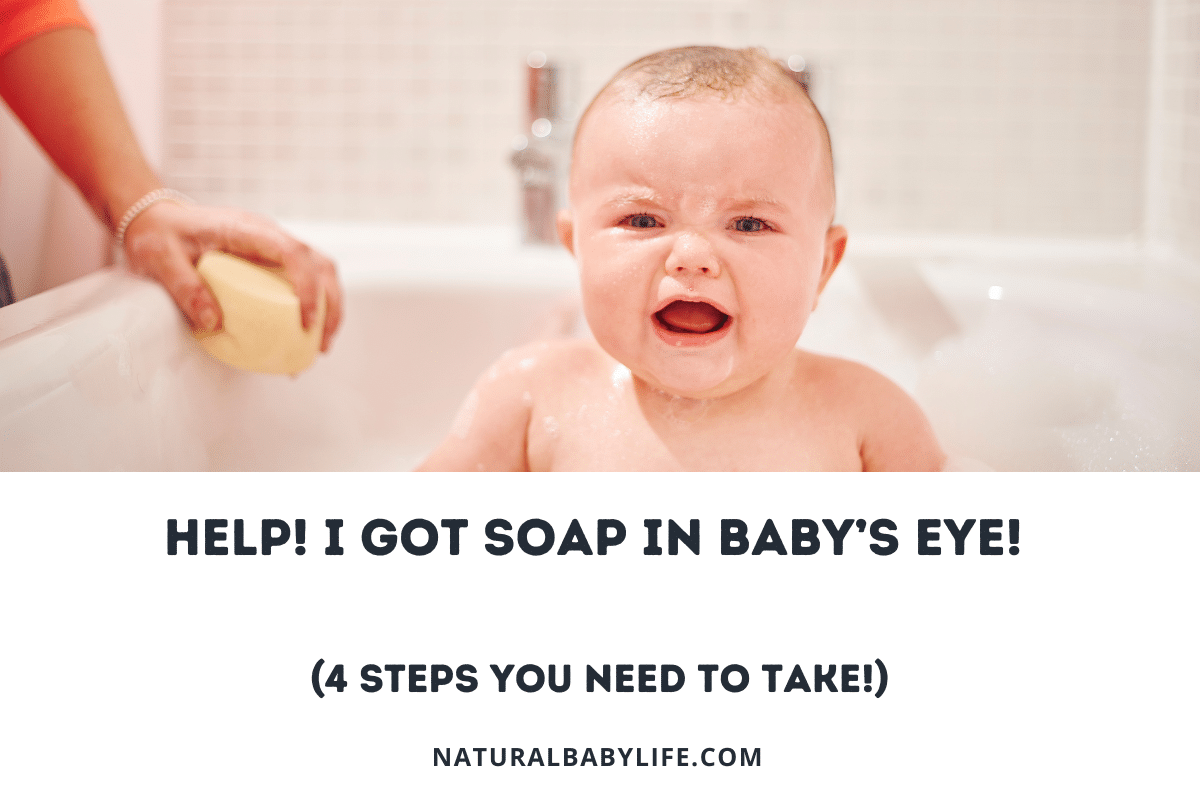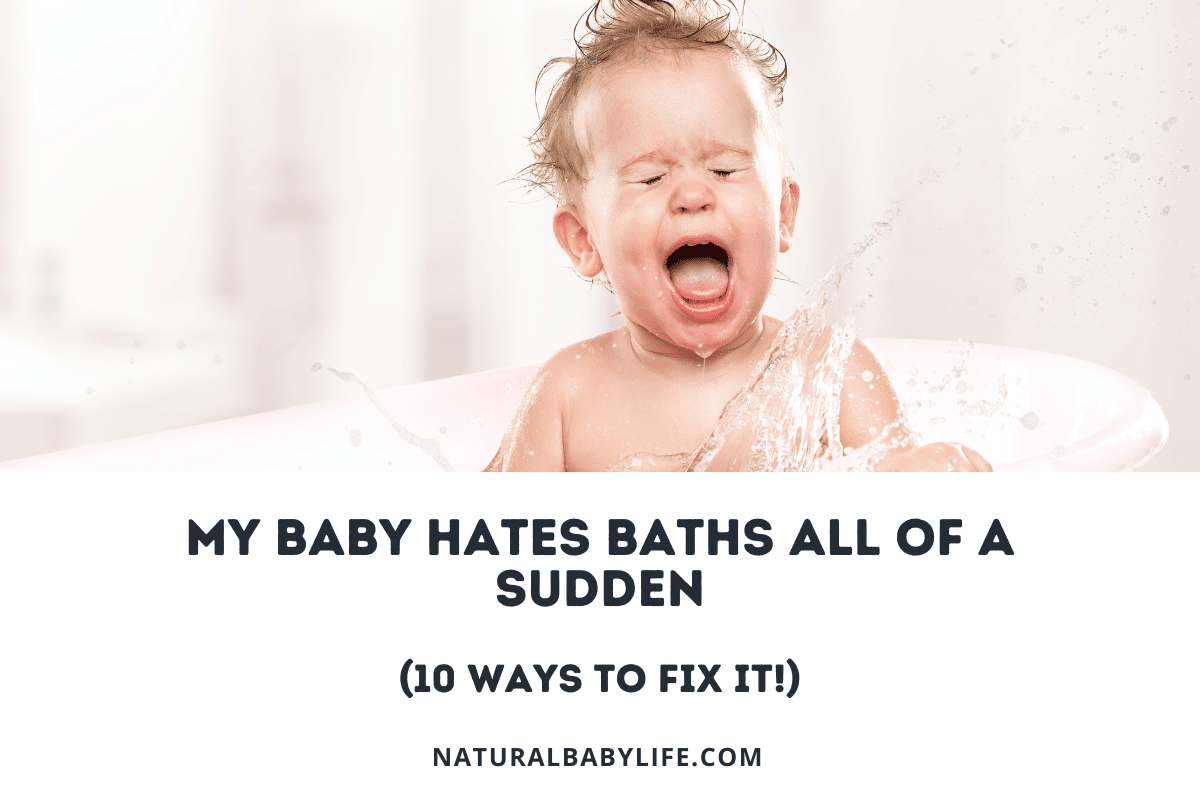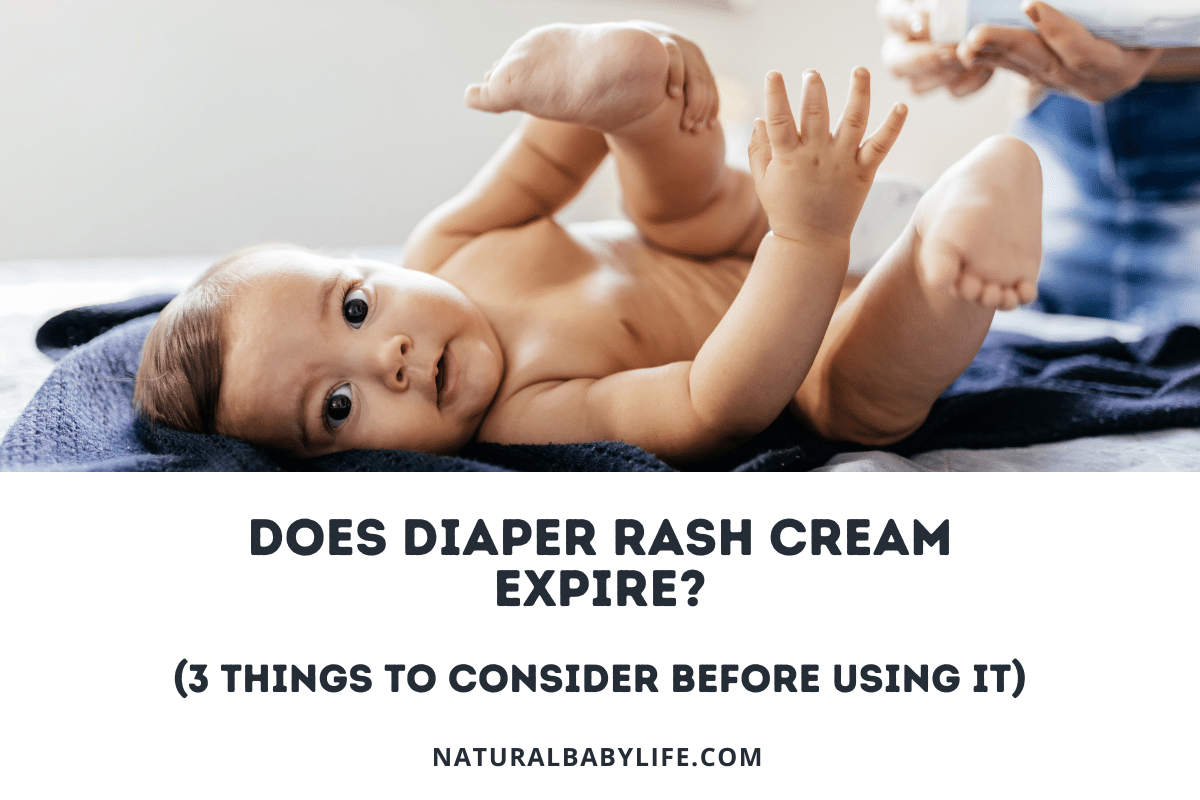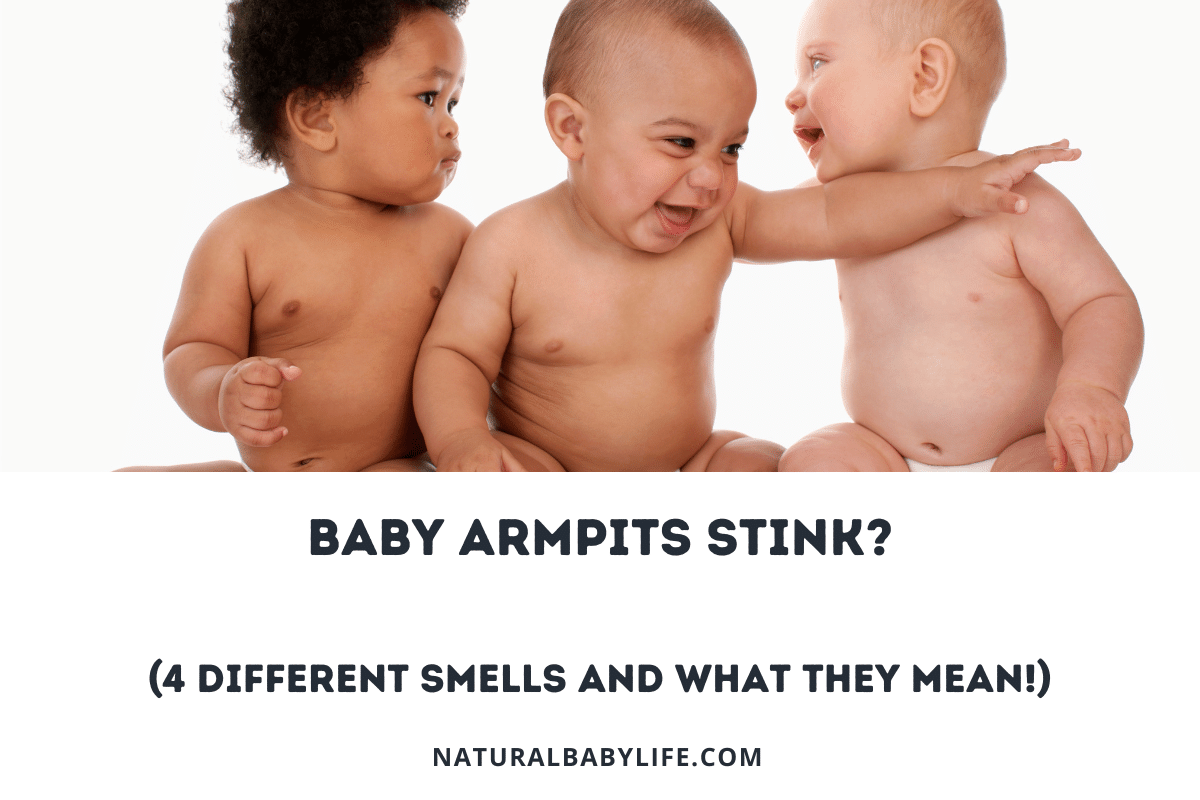As a parent, you tend to be hyper-aware when it comes to the health of your newborn, and noticing that your baby has crusty eyes might lead you to assume that something might be wrong. Luckily, it’s pretty normal for a newborn to exhibit some eye gunk, but why does it happen, and how can you tell if it’s not normal?
There are many reasons for a newborn to experience crusty eyes. Blocked tear ducts can cause excess discharge but usually resolve on their own. Crusty eyes can sometimes require medical intervention, such as when the discharge is caused by pink eye, chemical irritation, or bacterial infection.
How can you tell what types of discharge are normal, and what requires medical attention? Keep reading to find out!
Table of Contents
What causes eye discharge (crusty eyes) in newborns?
There are a few main culprits when it comes to eye discharge in newborns: blocked tear ducts, chemical conjunctivitis, neonatal conjunctivitis (which is colloquially known as pink eye), and ophthalmia neonatorum, a serious infection that can lead to blindness or even death.
Blocked tear ducts
The most common reason for crusty eyes in newborns is the blockage of one or both tear ducts in the eye. There’s a pretty good chance that your little one’s eyes are crusty because their tear ducts haven’t quite developed properly.
In fact, 5-20% of babies are born with some sort of tear duct obstruction! Luckily, as your baby continues to grow and develop, blocked tear ducts usually resolve without any sort of medical intervention needed.
Chemical conjunctivitis
Even though chemical conjunctivitis sounds scary, it’s really just a fancy name for eye irritation. Immediately after birth, it’s common practice for doctors to give newborns eye drops in an attempt to prevent them from developing severe eye infections as a result of bacteria in the birth canal.
Although these eye drops are medically recommended in many countries, the medicine can sometimes cause temporary irritation to a newborn’s eyes. This irritation occurs only a few hours after the application of the medicated eye drops and usually clears up within a few days after birth.
Neonatal conjunctivitis (pink eye)
Pink eye is most often caused by bacteria and viruses that cause colds and other infections.
Crusty eyelids immediately make most parents think of pink eye, and for good reason: nearly 6 million people each year are affected by the disease.
Because pink eye can be either viral or bacterial, it’s important to take your child in to see a medical professional. A doctor can determine the cause behind your little one’s pink eye, and prescribe medication (usually in the form of eye drops) to help treat the infection.
Ophthalmia neonatorum
The least likely cause of a newborn’s additional eye discharge (but the most dangerous), is from an infection known as ophthalmia neonatorum, or neonatal conjunctivitis.
This is an infection that’s usually picked up by the baby during the birth and delivery process. Bacteria present in the birth canal, such as chlamydia, gonorrhea, or herpes, are the primary cause of this type of infection in newborns, although problems during delivery can also make neonatal conjunctivitis more likely.
Usually, doctors will screen expecting mothers for bacteria before birth, and intervene medically if necessary, to reduce the chance of infection in the baby. A mother with chlamydia, for example, will probably be advised to have a Cesarean birth to prevent the infection from passing to the baby.
Ophthalmia neonatorum is only present in 1-2% of newborns and usually manifests when the baby is between 5 and 14 days old.
Crusty eyes caused by blocked tear ducts
The most likely cause of your baby’s crusty eyes is blocked tear ducts. One in five babies experiences some sort of blockage in their ducts upon birth.
Keep reading to identify whether blocked ducts are causing your little one’s eye irritation, and learn how to help relieve their symptoms.
How to identify
- Eye Color – If your newborn has a blocked tear duct, their eye will look pretty normal. The white part of your baby’s eye (the sclera) should be white and clear, with no visible red or pink streaks. The inner corner of their eye might seem more red than normal, and their eyelids might be mildly red.
- Discharge Color – Your baby’s eye crusties can appear yellow or green.
- Discharge Texture – The discharge will be thick and sticky and can dry into big clumps at the inner corner of your little one’s eye. Don’t be surprised if the discharge also dries along the edge of your baby’s eye, especially first thing in the morning, when it can seal the eyelid shut.
- Additional Symptoms – Your baby may have extremely wet or extremely dry eyes, and rub at their eyes as if they’re irritated. There may also be some swelling near the inside corner of the eye and across the eyelids.
Normal or not
It’s important to remember that blocked tear ducts are quite normal for newborns, and that 1 in 5 children is born with at least a slight blockage in one or both of their tear ducts, which means your child is likely to experience some crusty eyes as a result.
In most cases, blocked tear ducts should resolve by the time your child celebrates his first birthday. Sometimes, a baby can still have clogged tear ducts after they turn 1 year old. This is pretty rare but may require some medical intervention to resolve.
Treatment
- Wait – Even though it might seem counterintuitive to just sit tight, most cases of blocked tear ducts clear up on their own without any outside treatment required. Especially if the eye doesn’t seem to be causing your little one much irritation, you can wait this one out.
- Use a Warm Compress – If your child’s blocked tear ducts are leading to a huge buildup of eye crusties, a warm, wet washcloth can help. Every few hours, wet a soft cloth or cotton ball with warm water and use it to clean the eye. Gentle pressure on the inside corner of your baby’s eye can help relieve swelling in the tear duct. Wipe from the inside of your little one’s eye to the outside to keep it clean. *Make sure you use a clean cloth on each eye! Using a dirty washcloth can cause infection, or spread it from an infected eye into a healthy eye.
- Medical Treatment – In very rare cases, the blocked tear duct can be painful or last past your child’s first birthday. In that case, surgery can be required. Small tubes can be used to open up the duct and fix the blockage, or surgical probing can help open the duct. This procedure can be done either in-clinic without anesthesia, or in surgery with anesthesia if the blockage is substantial.
Crusty eyes caused by ointments or eye drops
Immediately after birth, most babies are given medicated eye drops to help protect their eyes from infection. Sometimes, these can irritate your newborn’s eyes and cause excess discharge.
How to identify
- Eye Color – Irritation due to eye drops (chemical conjunctivitis) can cause the eyes to appear mildly red throughout. The whites of your child’s eyes might be pink.
- Discharge Color – You will likely notice a discharge that is white, yellow, or green.
- Discharge Texture – The discharge caused by eye irritation is usually watery, which contrasts with plugged duct discharge that is thick and sticky. Your baby probably won’t wake up with extremely crusty eyes, although you may notice some thin, gritty discharge dried along their eyelids.
- Additional Symptoms – Chemical conjunctivitis always affects both eyes and manifests shortly after the application of the medicated eye drops usually given at birth. Your baby may also experience some slight swelling of the eyelids.
Normal or not
The development of chemical conjunctivitis depends largely on the individual baby. Some newborns are extremely sensitive to the medicated eye drops they receive at birth and react strongly with streaming red eyes. Other newborns aren’t phased in the least by the eye drops.
Regardless of the reaction of your particular baby, it’s pretty normal for their eyes to redden and swell slightly. The swelling will go down within 24-36 hours, or a day or so after birth.
Even if your baby’s eyes do get a bit red, it’s important to remember that the medicated ointment drops are keeping your baby safe. A little bit of irritation caused by the eye drops is far preferable to your baby developing a bacterial infection in their eye.
Treatment
This is one form of eye irritation that doesn’t require any treatment. You don’t want to flush your baby’s eyes out with water, because then the medicine won’t work effectively.
The best thing to do is to wait for your little one’s eyes to adjust to the medication. Any swelling or redness should disappear within 24-36 hours. If it lasts for a few days or seems excessive, call your doctor.
Crusty eyes caused by pink eye
Pink eye is unfortunately pretty common and is one of the causes of eye irritation that might warrant a trip to the doctor. Keep reading to learn about identification and treatment.
How to identify
- Eye Color. Pink eye is true to its name: your child’s eye will likely look pink, especially the whites of their eyes. The eyelid may appear red, especially the inner corner of the eye.
- Discharge Color. Pink eye discharge can help determine whether the pink eye is bacterial or viral. Viral conjunctivitis usually causes clear, white, or light-yellow discharge. Bacterial conjunctivitis often causes discharge that is yellow, green, or even gray.
- Discharge Texture. The discharge texture also varies depending on the cause. Viral discharge is often watery, while bacterial discharge is thick and pus-like.
- Additional Symptoms. If your child has pink eye, they’ll likely rub their eyes as if they’re irritated. Their eyelids can be swollen. If your child has viral pink eye, they may also have a cold and be experiencing cold-like symptoms such as a cough, a runny nose, and/or a fever.
Normal or not
Newborns aren’t very likely to develop pink eye because of the eye drops they’re given at birth. After the first month of life, however, pink eye becomes a common childhood disease and can be caused by either a viral or bacterial infection.
Most cases of pink eye are caused by viral infections, such as the common cold or the herpes virus (the one that gives you cold sores, not the STD). Viral pink eye can be pretty common, but its prevalence doesn’t change the fact that it usually requires medical treatment.
Some cases of pink eye can also be caused by bacterial infections. These cases are rarer, but they can be sight-threatening if not treated properly. Most cases of viral conjunctivitis clear up in 7-14 days without treatment, although a doctor can prescribe antiviral medication if the infection isn’t clearing up naturally. Bacterial conjunctivitis can improve within 2-5 days without treatment but may require antibiotics to prevent your child from being infectious.
Treatment
- Wait. Many infections, pink eye included, will run their course without any long-lasting effects. Whether your child’s pink eye is viral or bacterial, it can often clear up within 2 weeks without much outside interference. If you suspect your child has pink eye, it’s important to go see a pediatrician, even if they don’t prescribe any medication. Pink eye can be particularly contagious, and your doctor can rule out the possibility of any more serious problems or causes of infection.
- Antiviral or Antibacterial Medication. If your newborn’s pink eye is particularly serious or infectious, their pediatrician may prescribe medication to help with the infection. Usually, pink eye medication comes in the form of eye drops that you’ll administer to your baby over the course of several days. It’s important to follow the directions on this medicine because the infection might not disappear entirely if you don’t finish the entire course of medication.
- Wet Compresses. Cool or warm wet cloths applied to the eye can help clear out crusties and bring down the swelling. If your child has pink eye, be sure to wash your hands before and after touching their eyes to prevent the infection from spreading.
Crusty eyes caused by an infection
Although we’ve already discussed pink eye in this article, there is a particular type of eye infection in newborns that’s important to cover. Ophthalmia neonatorum (ON) is an eye infection caused by bacteria present in the birth canal, most often sexually-transmitted bacteria such as chlamydia or gonorrhea.
How to identify
- Eye Color – Babies who develop ON develop redness, usually in both eyes. The whites of the eyes, as well as the eyelids, will appear red or pink.
- Discharge Color – The discharge will usually manifest in colors of yellow, green, or grey. The discharge can also be blood-tinged from the excessive swelling after birth.
- Discharge Texture – ON discharge is thick and pus-like and can occur in large quantities. Babies with ON are likely to wake up with massive crusties that seal their eyes shut.
- Additional Symptoms – Ophthalmia neonatorum is best known by the swelling of a child’s eyelids. The swelling can be very severe, more so than a regular eye irritation or infection. A baby with ON will usually begin to show symptoms between 3-14 days after birth.
Normal or not
Ophthalmia neonatorum is extremely rare in most developed parts of the world, although it is seen in much higher numbers in low-income countries. Prenatal screening for bacteria in the mother and the use of antibiotic eye drops immediately after birth has led to a drastic decrease in the likelihood of infection.
Even with preventative measures, it is possible for a newborn to develop ON. Diagnosis and treatment are crucial, as delayed treatment can cause blindness. With proper treatment, the infection should disappear within two weeks.
Treatment
- Antibiotics – Ophthalmia neonatorum can cause open sores in the cornea and blindness if not treated promptly. Doctors will prescribe an antibiotic tailored to the cause of the original infection. Infections caused by chlamydia are usually treated with a round of oral antibiotics; in contrast, infections caused by gonorrhea are treated with a course of IV antibiotics that target the correct bacteria.
- Wet Compresses – Although a doctor will likely be treating any child who develops ON, the use of a wet cloth or gentle spray of water can help keep the eyes clean and free of discharge.
- Hospitalization – If your baby develops ON, they’ll likely be treated at the hospital to make sure there are no long-term ramifications of the infection. Doctors will monitor the situation, and make adjustments to their treatment as necessary.

![Why Do Newborn Eyes Get Crusty? [What's Normal & What's Not]](https://naturalbabylife.com/wp-content/uploads/2020/11/why-do-newborn-eyes-get-crusty_featured.png)

